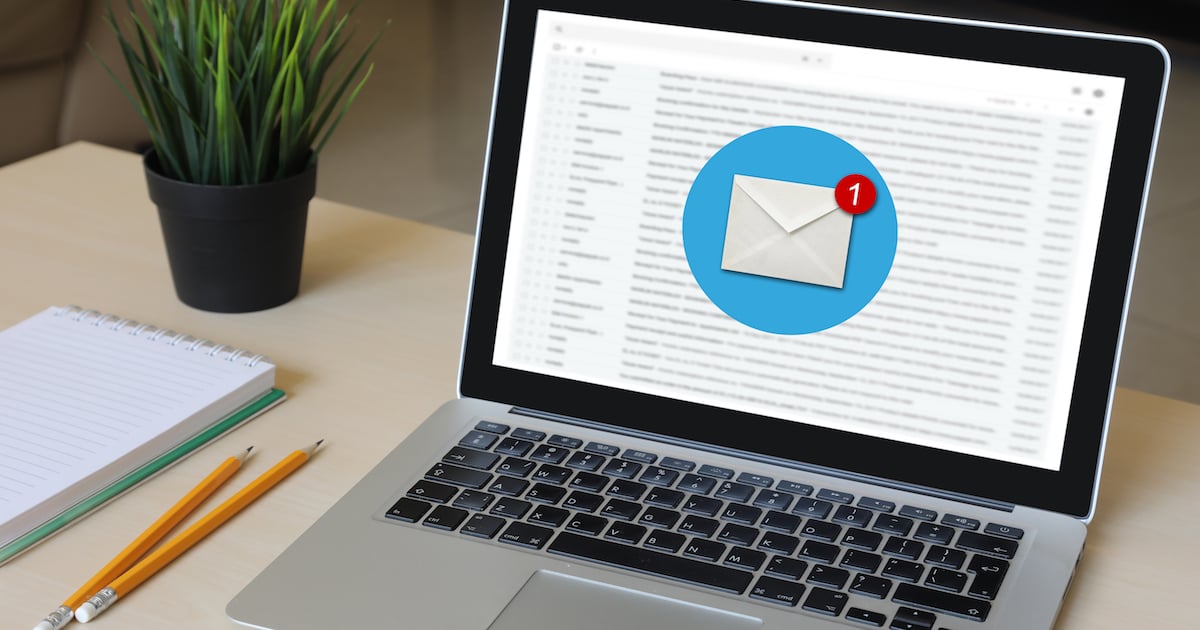- May 11, 2018 Understanding SPF and DKIM to Improve Email Deliverability. 11, 2018 by Erica Weiss. Home » Blog » Understanding SPF and DKIM to Improve Email Deliverability (TL;DR: Access SparkPost’s free email tools to verify DKIM signatures, as well as visualize and build your own SPF records. Avoid phishing and spoofing attacks and send more.
- Here are 7 best practices on how to improve your email deliverability. An Easy to Use PHP Email API – No SMTP Server Required! SocketLabs has a PHP email library to help you send email from your PHP apps and not end up in the spam folder. Check out our code samples and get started today.
Improve email deliverability with these 15 proven best practices for setting up your send, designing your content, selecting recipients and analyzing results. Services Inbound Marketing Strategy & Training Smart, goal-driven strategies and action plans.
Learning Objectives
After completing this unit, you’ll be able to:

- Explain effective methods to improve deliverability.
- Describe how to protect your messages from spam filters.
It’s All About Deliverability
Deliverability is the key to all email marketing. If your email isn’t reaching the majority of your subscribers, then what’s the point of sending it?
Improve Email Deliverability
Let’s talk about best practices you can use to ensure your emails are signed, sealed, delivered, and wanted. What do we mean when we say deliverability? It refers to the various stages of an email’s life: the sending, receiving, and opening of an email.
Who’s This From?
Some Internet service providers show only the From address, rather than the name and address of the sender. Because the From address can be just a mixture of letters and numbers instead of a recognizable name, recipients can think your email is spam. To avoid this, include an actual name in the From address.


Another way to ensure your subscribers recognize an email is from you is to add the name of your organization to the subject line. Using your organization name in both the From address and the subject line will decrease the chances your email will end up in spam folder.
Bounce and Purge
When you send out marketing emails, you often receive bounce-back messages alerting you to defunct email accounts. It‘s critical that you remove any bounced addresses from your mailing lists between one marketing message and the next that you send. Even though most email marketing systems stop sending to addresses that bounced a set number of times, a bounce rate over 20% for any single mailing can have serious consequences. This is because if deliverability is bad, your IP address can be put on a blocklist or even shut down. Don’t let that happen. Nip it in the bud.
We also recommend purging old or inactive addresses from your mailing lists. Don’t keep those names and emails that you haven’t emailed in months. Don’t spend money on sending emails that aren’t even being opened.
The same holds for those subscribers who haven’t opened your emails in months—remove them from your mailing lists using either a suppression list or more permanently, contact deletion. They detract from your profitability because it costs money to contact them, and they’re more likely to complain about your emails. With the Salesforce Marketing Cloud, you can run reports that show you which subscribers are unengaged or have not opened an email or clicked.
Note
Learn how to run reports and track results in the Trailhead module: Marketing Cloud Setup.
Manage Email Frequency
Email Deliverability Blog
Another best practice is to deliver what you promise. If you promised a monthly newsletter, make sure you send it monthly. Not bimonthly, not every other week—monthly. Not only do you want your communications with your subscribers to be personal and relevant, you want them to be anticipated. If your messages don’t score a hit on those three points, is there really a need to send the content you’re sending?
Note
You can also use AI to help out! Activate Einstein Engagement Frequency to evaluate your email activities and identify the optimum number of email messages to send.
Spam Filters
Most Internet service providers use filters to sort legitimate email from the junk or spam. There are more than 300 spam-filtering companies. They vary in the filter logic they use, but most spam filters use content—or keyword-based logic. Others might incorporate email volume from any one sender, customer complaints into their algorithms. Some function on a score basis and filter messages that rate high as spam after the characteristics of the message (content, volume, response, and sender) have been reviewed using anti-spam filters.
Deliverability is key when it comes to your emails. So think about everything that can affect deliverability and use it to your advantage when sending your emails!
Your emails are now being delivered directly to your subscribers’ inboxes and are tempting your readers with offers they can’t resist. That’s great, but how do you get these subscribers in the first place? That’s the topic of our next unit.
Resources


- External Site: Ultimate Guide to Deliverability (Download required)
- This blog post was originally published on 12/14/2015 and was updated on 6/21/2019
According to research from Return Path, US email reaches subscribers’ inboxes only 83% of the time! Are you doing everything you can to ensure that your messages aren’t part of the 17% of emails that never make it to the inbox?
Check out our list of 17 deliverability best practices that can help increase the likelihood that your email message will get into your recipients’ inboxes, where hopefully they will open, click, and engage with you and your brand.
- Use double opt-in. Double opt-in is compliant with laws like CASL and CAN-SPAM. It generally requires that the recipient clicks on an activation email that you send. It can also set up a pattern of engagement.
- Make your from and subject line explicitly you and true to the message. If the message is not “from” your brand, it should be from a person at your brand. The subject line should also clearly reflect the content of the message.
- Segment your list. All your recipients are not alike. Segmenting your list by interest and modifying frequency accordingly can drive more engagement.
- Implement Sender Policy Framework. By using SPF, you provide ISPs with the assurance you are who you say you are, making them more likely to deliver your message to the inbox.
- Prune your list. When it comes to your email list, more is not always better. If the recipient hasn’t engaged with you in 6 months, target them with a special message and if that doesn’t drive engagement, remove them from your list.
- Let someone help you avoid bouncing. Hard bounces should be removed from your list. At SparkPost, we add those to your suppression list right away so you don’t see more bounces, but it’s still up to you to remove those addresses from your list.
- Watch out for spam traps. Spam traps are emails created by ISPs to find spammers.
- Check your reputation. One tool you can use is Sender Score to find out where you stand with respect to your sending reputation.
- Don’t add emails from contests and giveaways. You’ll probably get multiple signups from the same email address. If you do these types of promotions, make sure you vet the resulting emails carefully before adding them to your list.
- Check blacklists. Make sure your organization isn’t on a list that automatically sends your emails into a black hole instead of the inbox.
- Consider the source. Where did you get that email address? Some sources are much more reliable than others. As a general rule, buying lists is a bad idea.
- Make unsubscribing very easy. If unsubscribing is difficult, in frustration, recipients may mark your email as spam as a way to stop receiving your email. If recipients cry spam, ISPs listen and you can quickly land on a blacklist.
- Register for feedback loops (where you can). How can you find out if a recipient is marking your email as spam? By subscribing to relevant feedback loop reports from ISPs. One notable exception is Gmail, which only sends feedback loop reports to email service providers.
- What’s the frequency? Pay attention to how frequently you are sending email and what kind of responses you get. Send email too often and you risk being ignored (or deleted without opening, which harms deliverability). Send too infrequently and recipients may forget about you. It’s a balancing act.
- Keep frequency consistent. Once you settle on a frequency, stick with it. Erratic sending patterns are considered a marker of spam.
- Study your metrics. Real-time analytics is the best way to drive your email marketing strategy. SparkPost offers numerous real-time reports and webhooks that you can leverage to drive engagement and improve deliverability. Pay attention to clicks and opens. If you’re having trouble with blacklisting, SparkPost can often work with you to help you get removed from those lists. And, if you’re really ready to step up your email game, be sure to check out SparkPost Signals, our brand new email intelligence platform designed to help you identify and address issues before they start impacting your business.
- Work to improve your open rate. Deliverability is clearly important, but it’s not the end game. You want to drive engagement, to have recipients open and click on your email. That happens with engaging content, a subject line that tantalizes followed by summary text that draws them in further.
~ Sparky
